
All it takes is one plant.
Then it’s a couple, and what’s a few more? Now you have ten, but wouldn’t 12 be better? Once you’re up to 20, that’s it. There is no turning back. You are hopelessly addicted to houseplants.
Welcome to the club!
Nowadays, houseplants are for sale everywhere. The big box stores, the supermarkets, and even the corner convenience store have ’em, lush and beautiful temptresses, giving us that come-hither look. C’mon, just touch a few leaves before you go. But no, it’s impossible.
I came for the hand towels; I left with the plants.
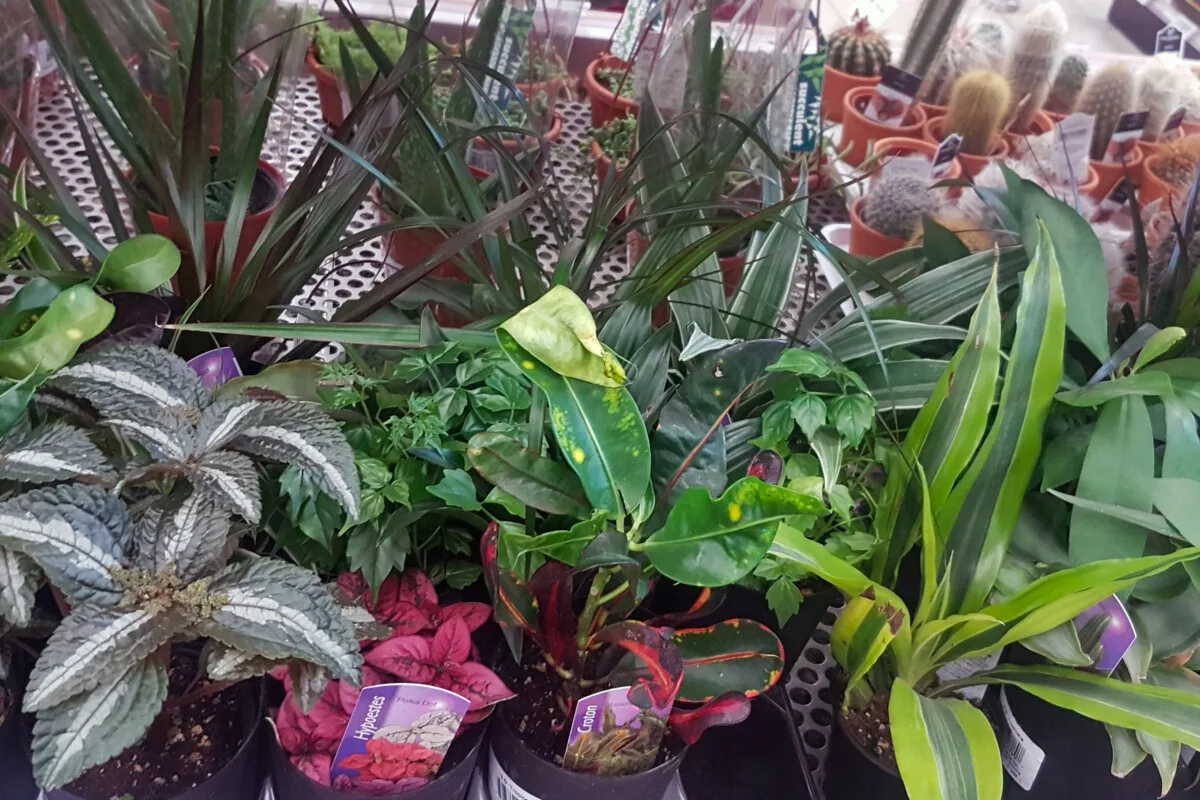
Do this enough times and the cost of plant ownership will surely add up.
But it doesn’t have to be this way. You can fill up your home with lovely greenery without so much as putting a dent in your bank account.
Collecting houseplants doesn’t need to be spendy.
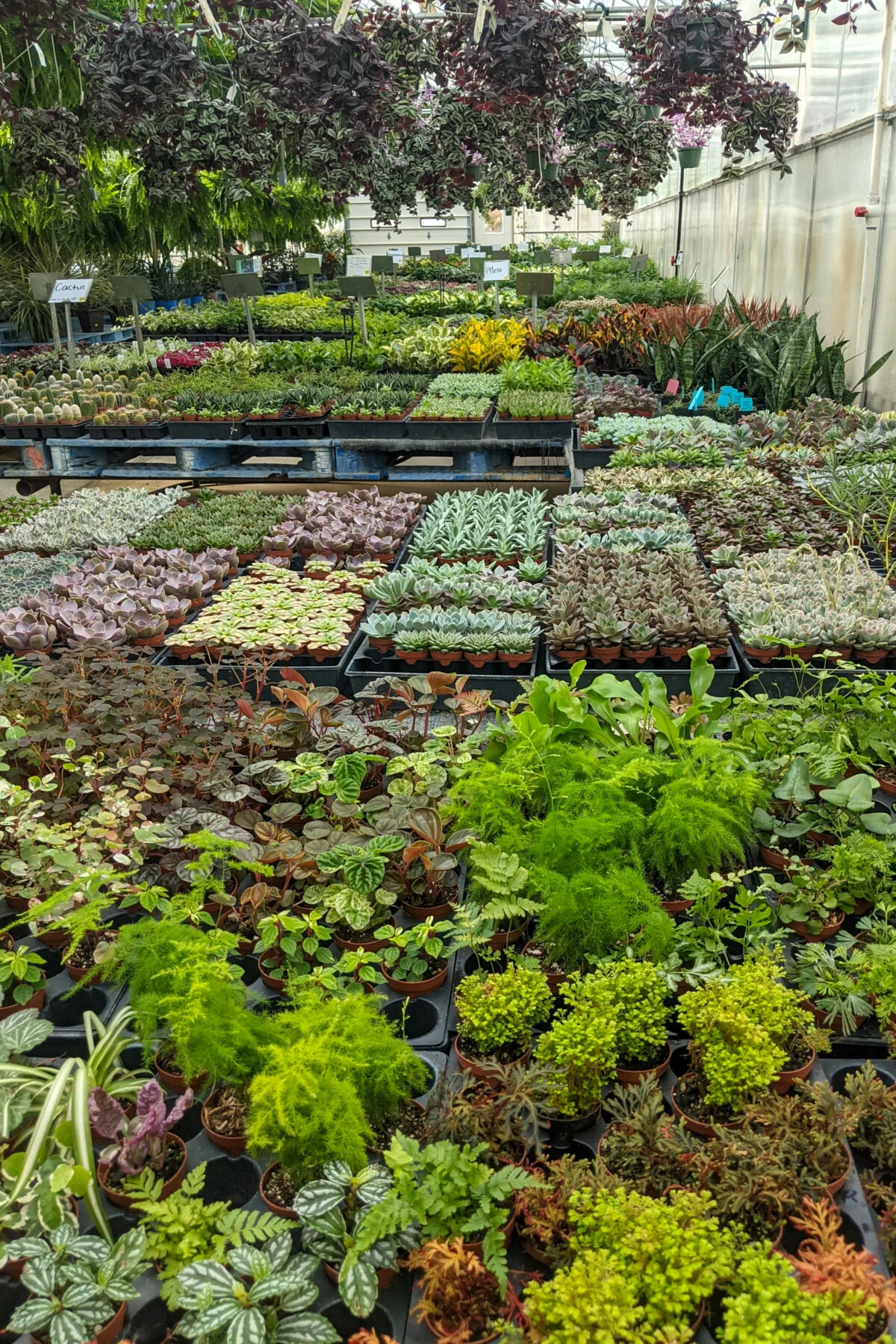
I’ve been hooked on houseplants for a long time. I don’t even want to think about the sum total I’ve spent on plants over the years. What I can say with certainty, though, is I’ve never spent more than $20 on a single plant. And in truth, the vast majority were acquired for $5 or less.
Given my ridiculously low price ceiling, I was gobsmacked at the heaps of cash folks were willing to spend during the houseplant craze that kicked off in 2020. People were paying hundreds or thousands of dollars for one plant!
I don’t mean to suggest that you can’t or shouldn’t spend money on the things you value. If a rare $250 cactus or $1500 succulent sparks joy and you can afford it, go for it.
However, I want to dispel the notion that houseplant collecting is an expensive hobby.
Take it from a cheapskate savvy plant lover like me, you can have a varied assortment of houseplants without taking a huge financial pummeling.
I’m a frugal gal who loves plants. I like my thrills cheap, my discounts deep, and I can ride the high of a great bargain for weeks. These are some of the ways I’ve managed to feed my houseplant obsession, at low or zero cost, through the years:
1. Get Them When They’re Young
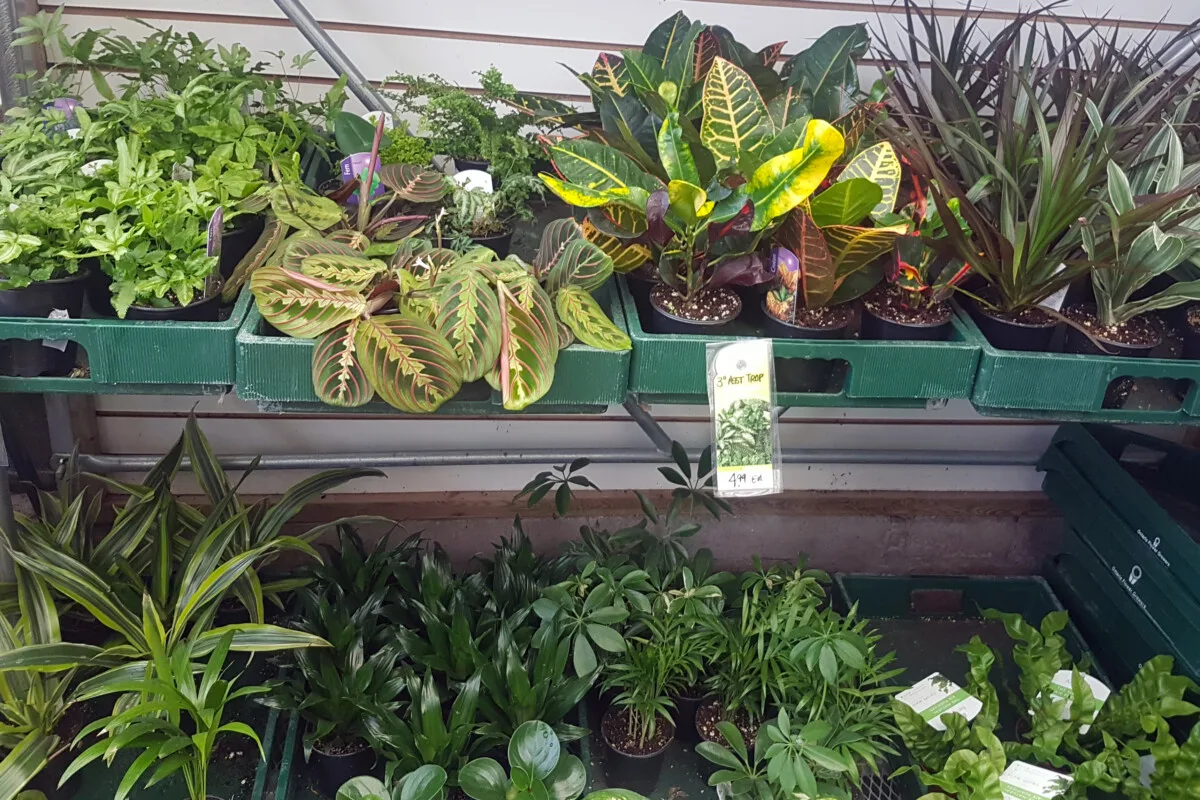
The towering beauties in 10 or 12-inch pots are to die for. It’s hard not to swoon over these houseplants – already mature, already filled out, and already breathtaking in shape and form. Most of the ‘growing’ part is done and the plant is ready to be proudly on display.
But it’ll cost you.
The price tag for plants usually increases according to the size of the container. It makes sense that the more established the plant, the longer it took to grow, the higher the price it can command. This is especially true for slow-growing houseplants like ZZ plant, snake plant, and dragon tree, which can take years to mature into large and lovely specimens.
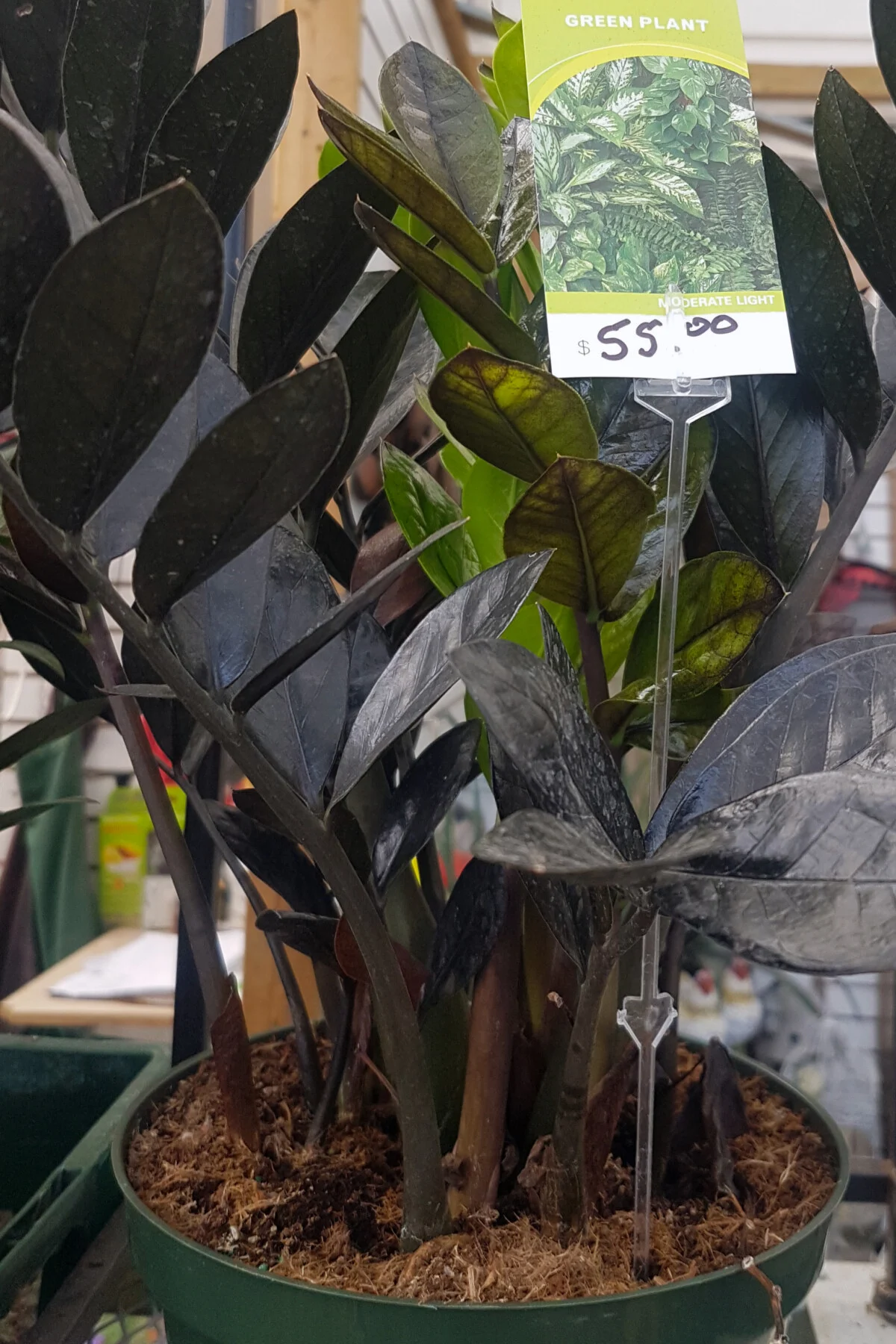
If dropping $50 or $100 per houseplant is too rich for your blood (as it is mine), the workaround is to scoop them up when they’re still young and small.
For me, the plants sold in 3 or 4-inch pots for around $5 are the sweet spot.
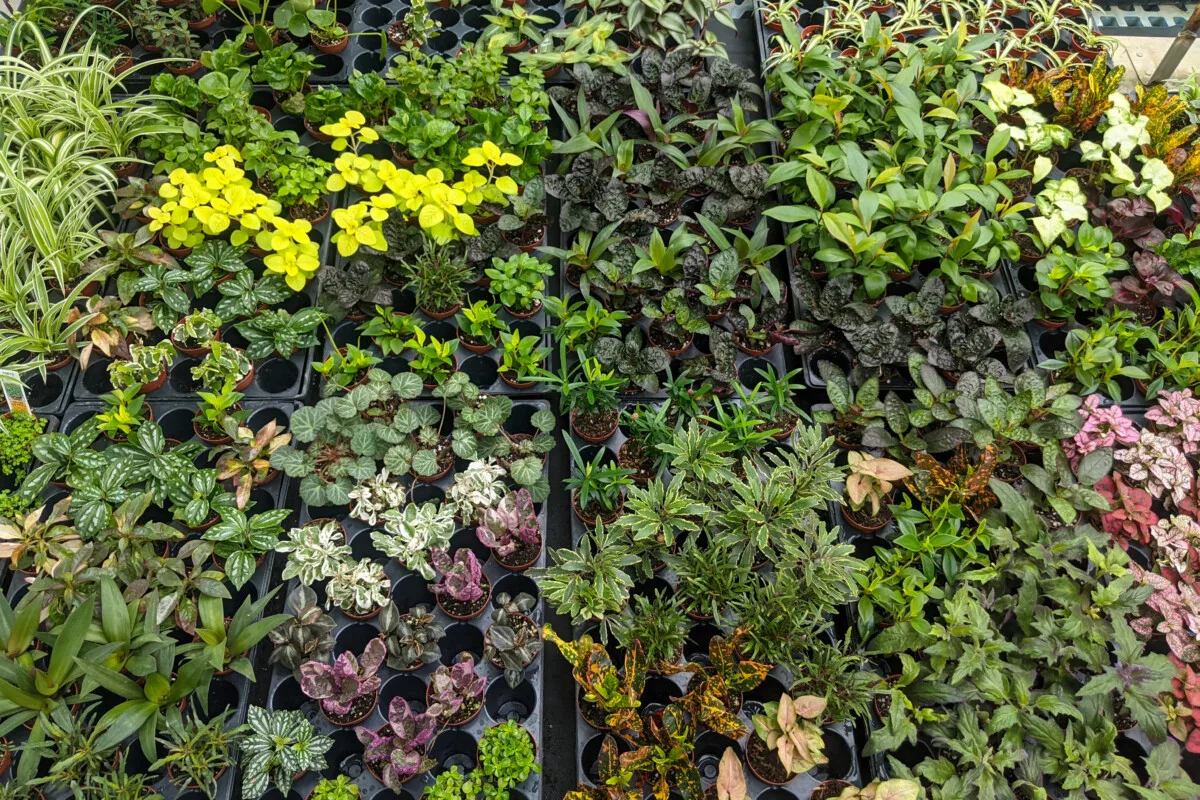
Small plants take time to reach the same size as their pricier counterparts. This is measured in months if not years. But if you’ve got the time, the plant savings will be substantial. Personally, I get a lot—and I mean a lot—of satisfaction from raising them from wee little things. Every potting up is a milestone for the plant, and watching the glow-up is priceless.
A regrettable truth that’s worth mentioning: not every plant you bring into your home is going to make it. A teachable moment, or for reasons that will forever remain a mystery, the plant dies. It’s always sad, but it stings a little less when you’re only out a few bucks.
2. Choose Common Over Rare
Just because a plant is common doesn’t make it any less worthy of our love and adoration. Pothos, snake plant, aloe, peace lily, jade plant, dumb cane, and so many other standard varieties are practically staples in the indoor garden. They are popular for a reason—they are widely available wherever houseplants are sold, and you can usually scoop them up for dirt cheap.
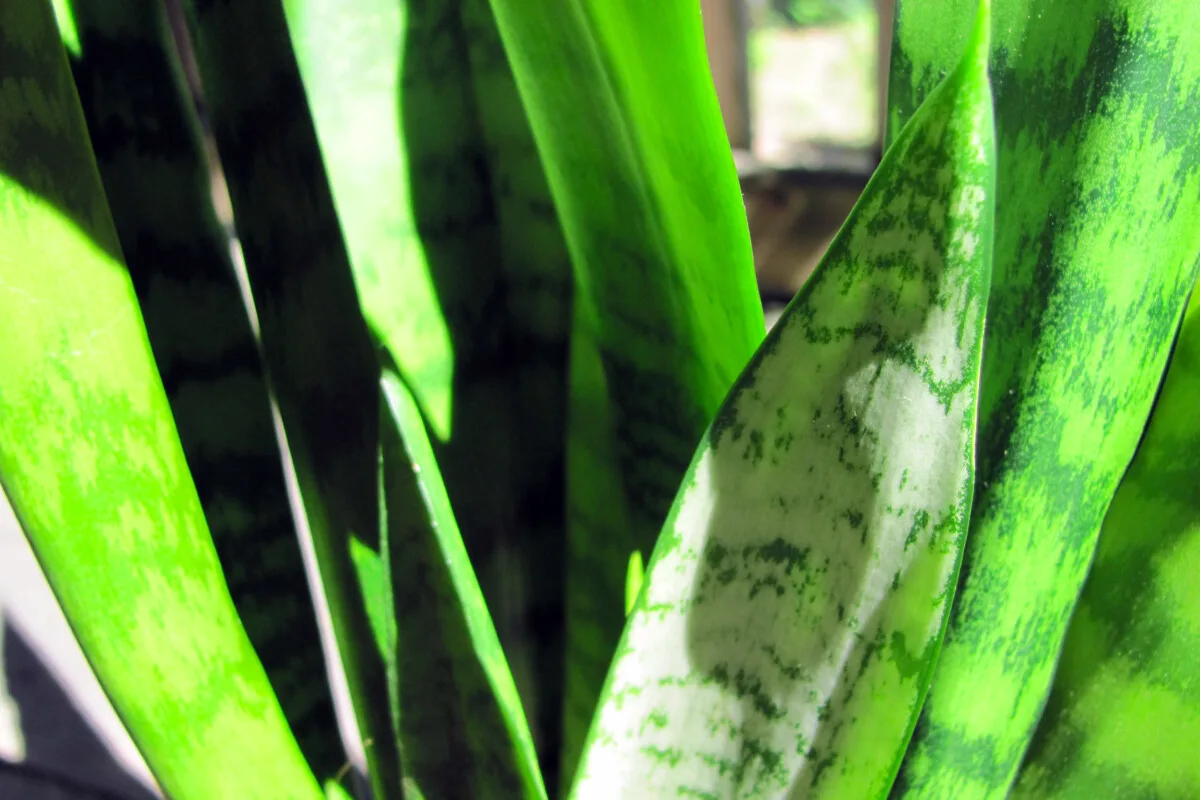
This doesn’t mean you have to completely forgo unusual varietals with splashes of pink, white, or yellow in their leaves.
If there’s one thing we can learn about the houseplant bubble of the recent past, it’s that it will burst eventually.
The demand for hard-to-find and exorbitantly-priced plants – the ones where a triple-digit price was considered a good deal! – will hit such a threshold that professional growers take notice. And once a plant nursery starts to mass produce them, the rare and highly sought-after plants are suddenly…not so rare.
The ‘it’ plants of yesterday – the Monstera Albos and Thai Constellations, the Philodendron Pink Princesses and Birkins, the Queen Anthuriums and Milk Confetti Syngoniums – have all come down drastically in price. From $500 or more a year ago to under $50 today. And still falling.
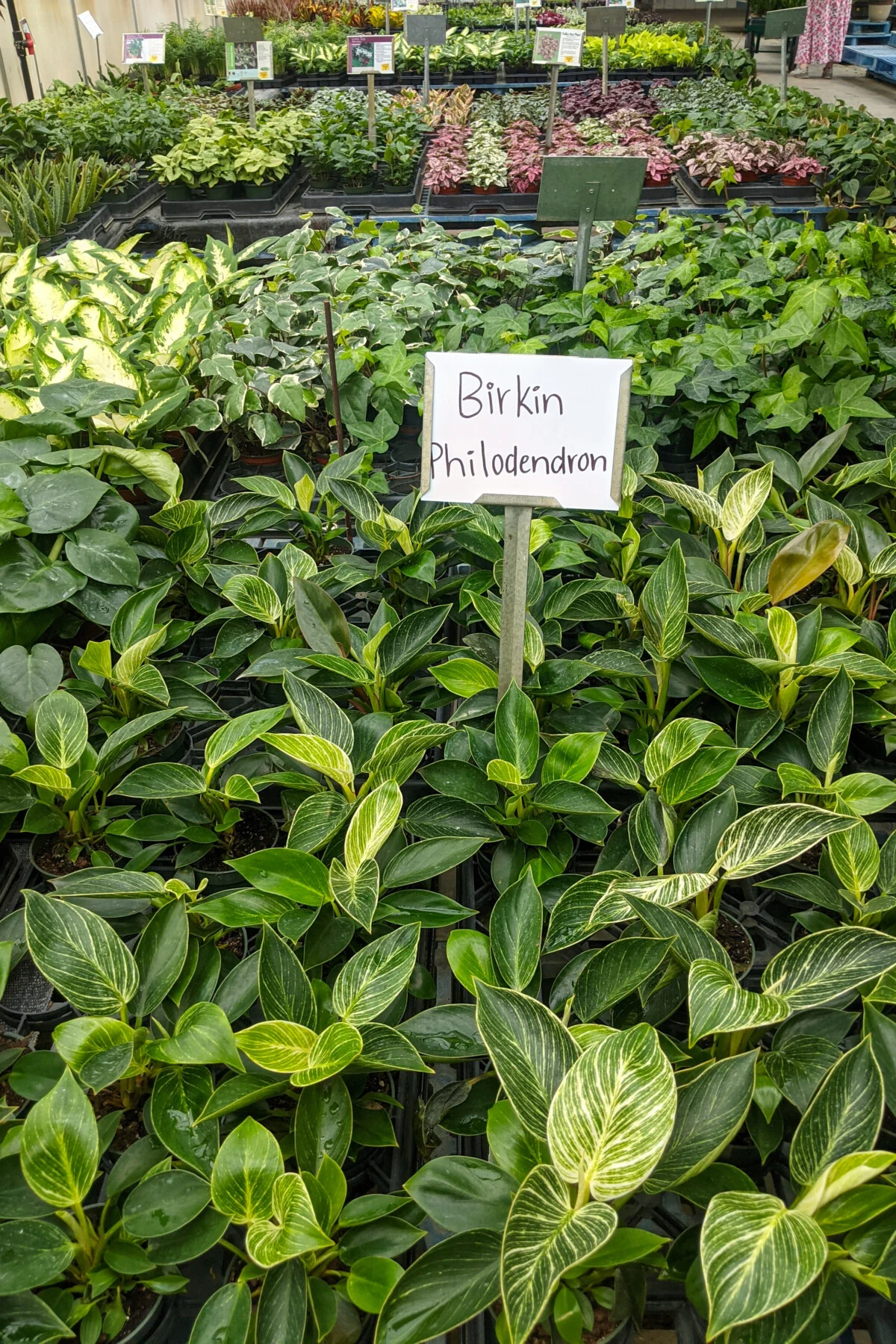
If you can wait out the hype, resist the FOMO, and hold off on being an early adopter, your patience will be rewarded in time. When rare plants make the transition into commonplace status, you can snatch them up at a comparative steal.
3. Favor Easy Over Difficult
It’s no coincidence that the most familiar houseplants also happen to be excellent for beginners.
Common plants aren’t only inexpensive and easy to find, they have enjoyed decades of popularity – and this is in no small part from being well-adapted to a life lived indoors.
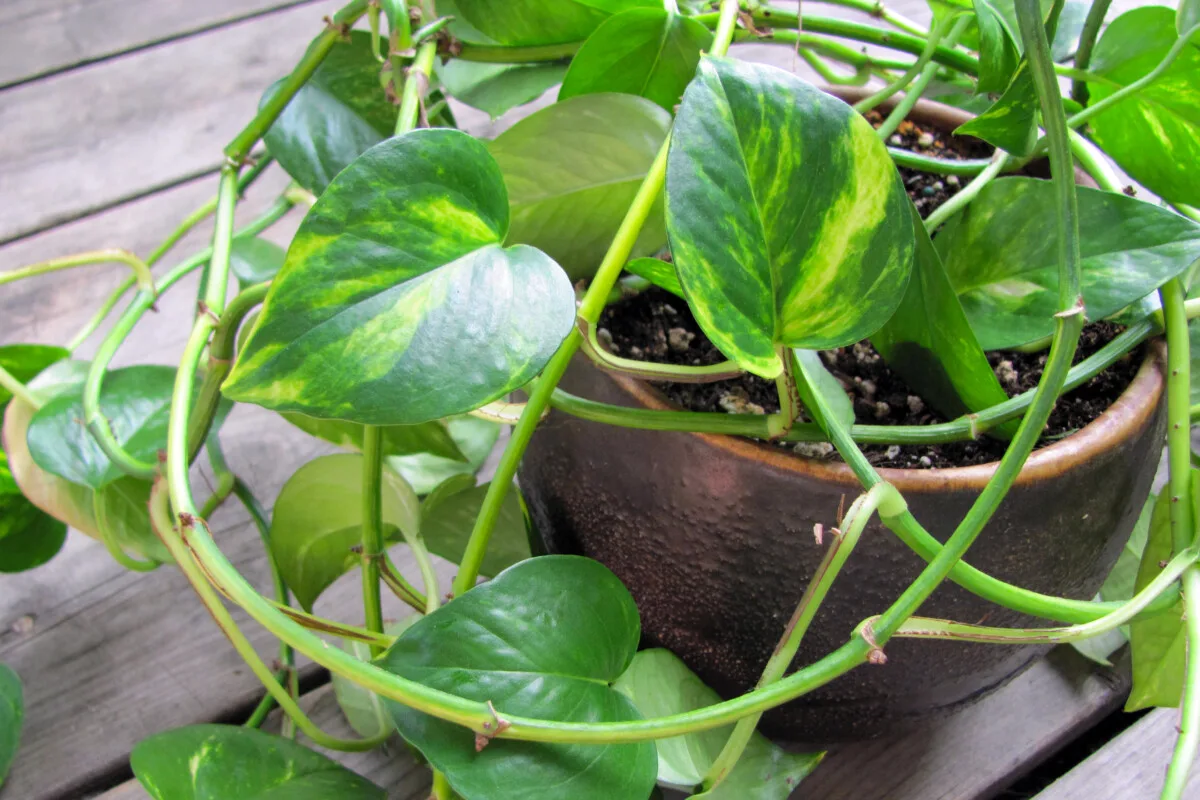
If given the choice between an easy plant and a difficult plant, I will choose the easy one. Why? Because a living plant is always preferable to a dead plant.
It’s a hard lesson to learn – just because a plant is beautiful and flourishing at the shop doesn’t mean it will survive, let alone thrive, under the unique properties of your home environment. (I’m looking at you, Maidenhair fern!)
Some plants are only happy within a narrow range of light, humidity, and temperature. When the inside of your home doesn’t match their specifications, it can spell certain doom for a newly purchased plant as soon as it crosses your doorway. There will be some houseplants that don’t like our homes, and that’s okay.
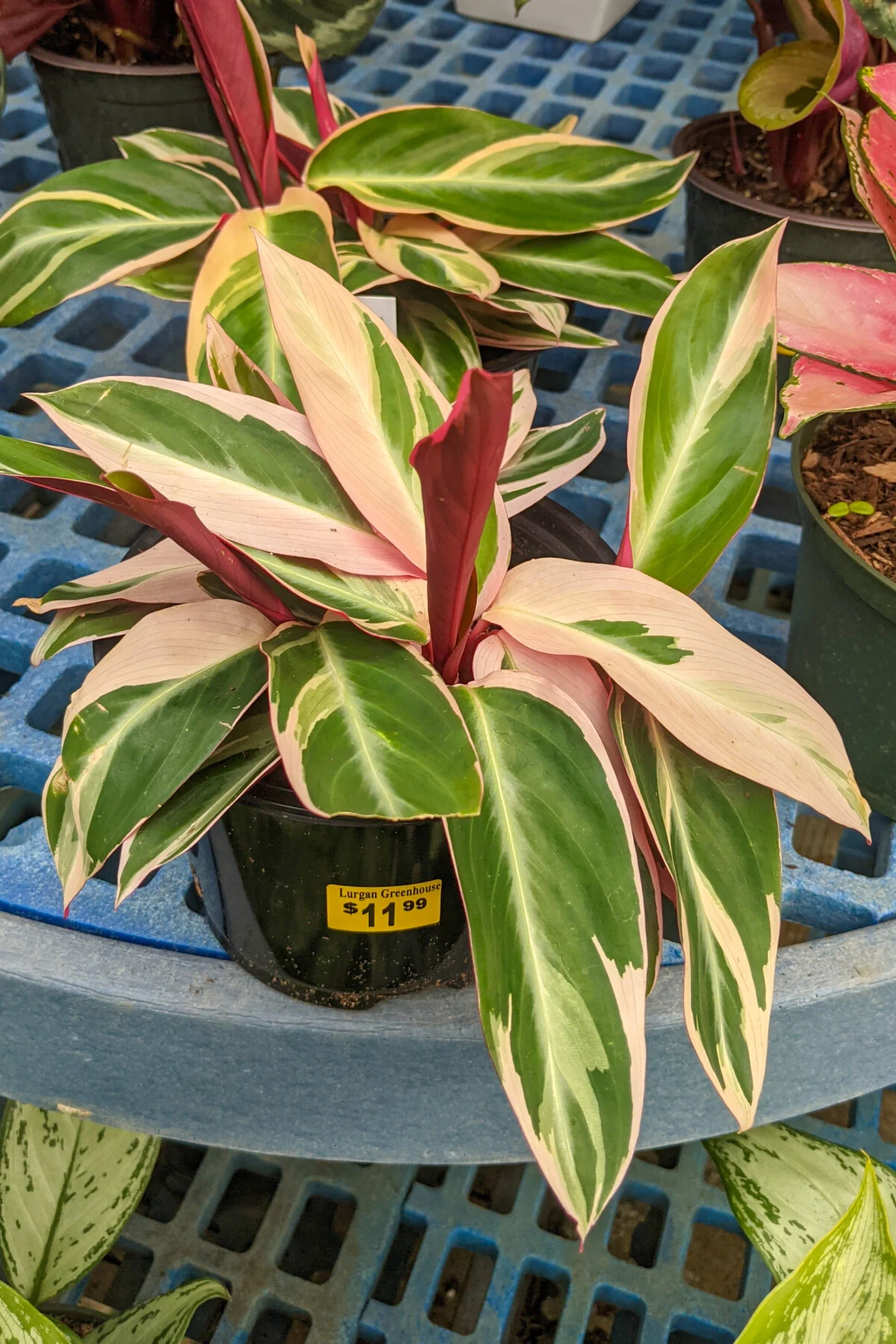
But an easy plant? Well, it’ll grow in a wide range of home conditions without all the fussing and fixing.
When you’re still cutting your teeth on indoor gardening, easy-care plants build up that confidence and will help bring out the green in your thumbs. But even if you’ve been at it for a while, low-maintenance plants are like a breath of fresh air after fretting over the more challenging ones. It’s nice to kick back and enjoy the plant without all the stress.
And at the end of the day, keeping the plants alive and well is a big cost (and sanity) saving in itself.
4. Chop and Prop
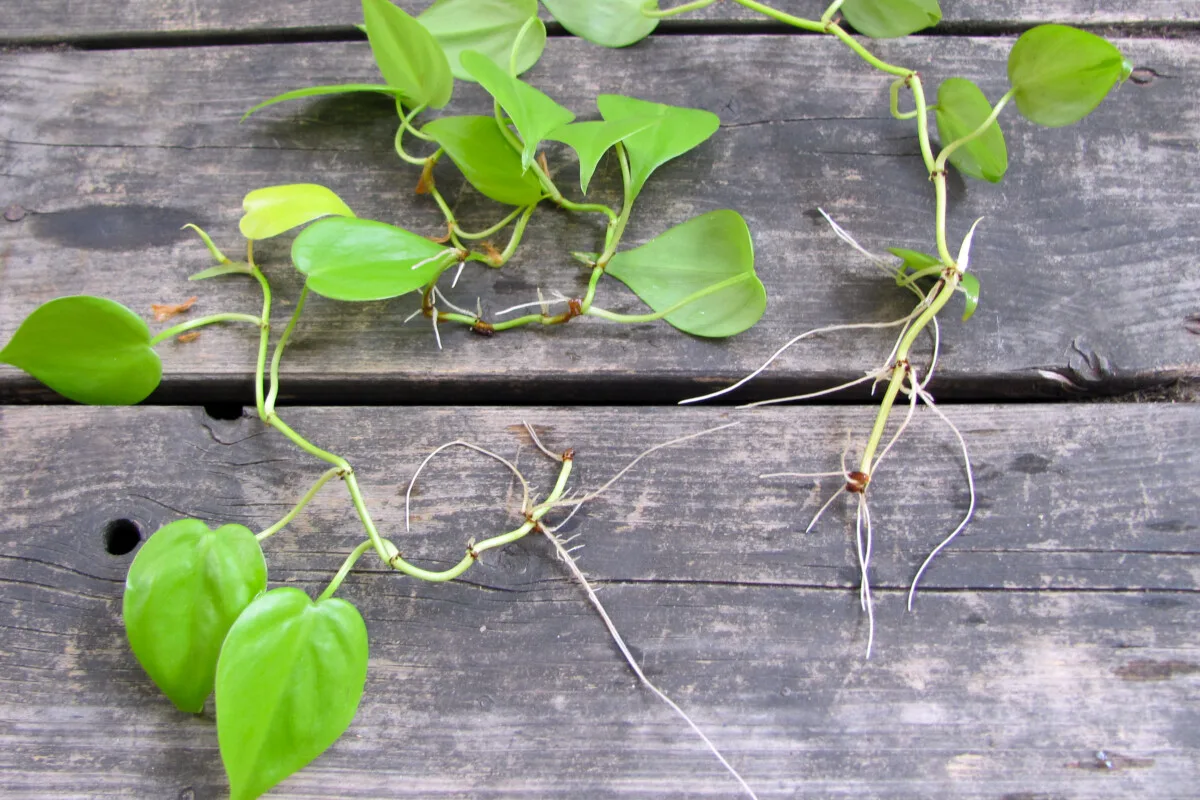
If you ask me, the only thing better than a $5 baby plant is a free plant. And there are few things in life quite as simple to copy, clone, and multiply as the plants you already have.
Learning all the propagation tricks opens up many avenues for growing your collection. It’s like unlocking an infinite money glitch, but in the form of an endless supply of free green buddies.
Chopping and propping comes in especially handy when:
- You want to fill out your pots. Remember those $5 young’uns I love so much? To hasten a bushier look, let the little ones grow for a while, take a cutting, and boom – now there are two in the container. Repeat until the pot runneth over.
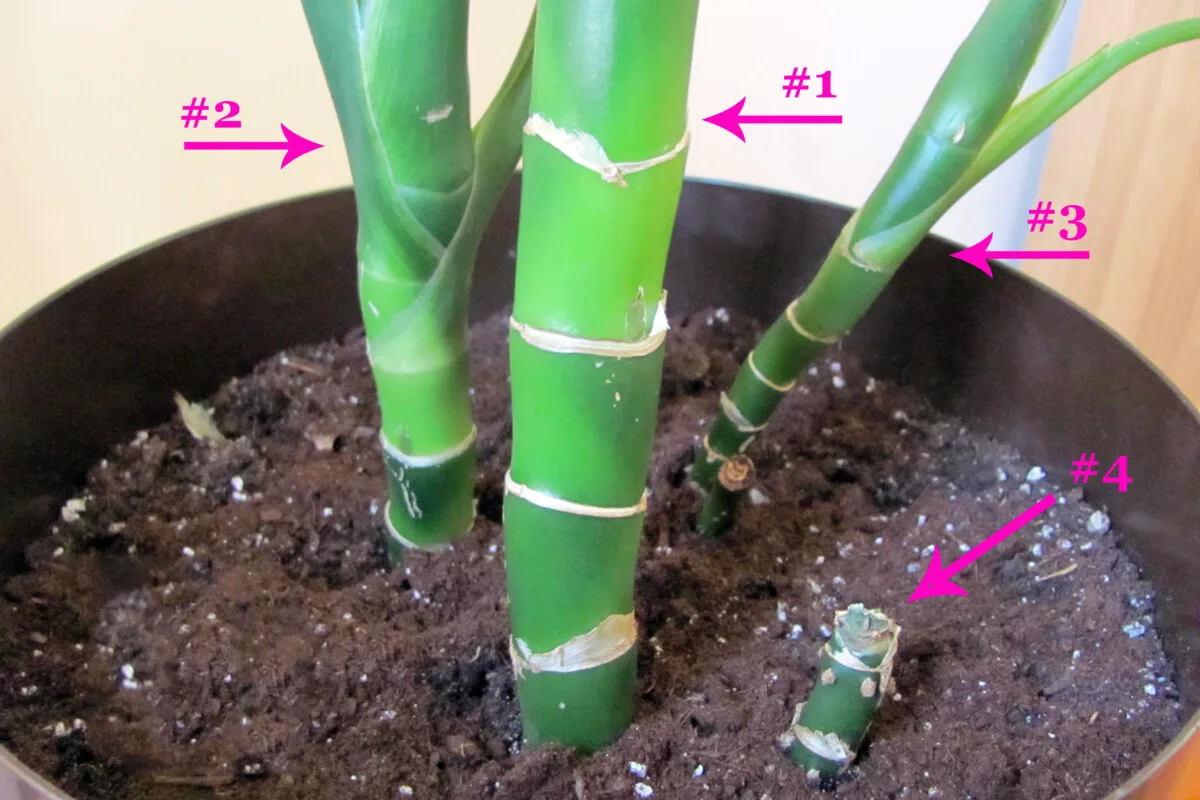
- You want to save an ailing plant. Have you ever had a plant that was roaring along for years and then, out of nowhere, it decides to die back on you? Repot anything you can salvage but always take a few cuttings to make sure your plant lives to fight another day.
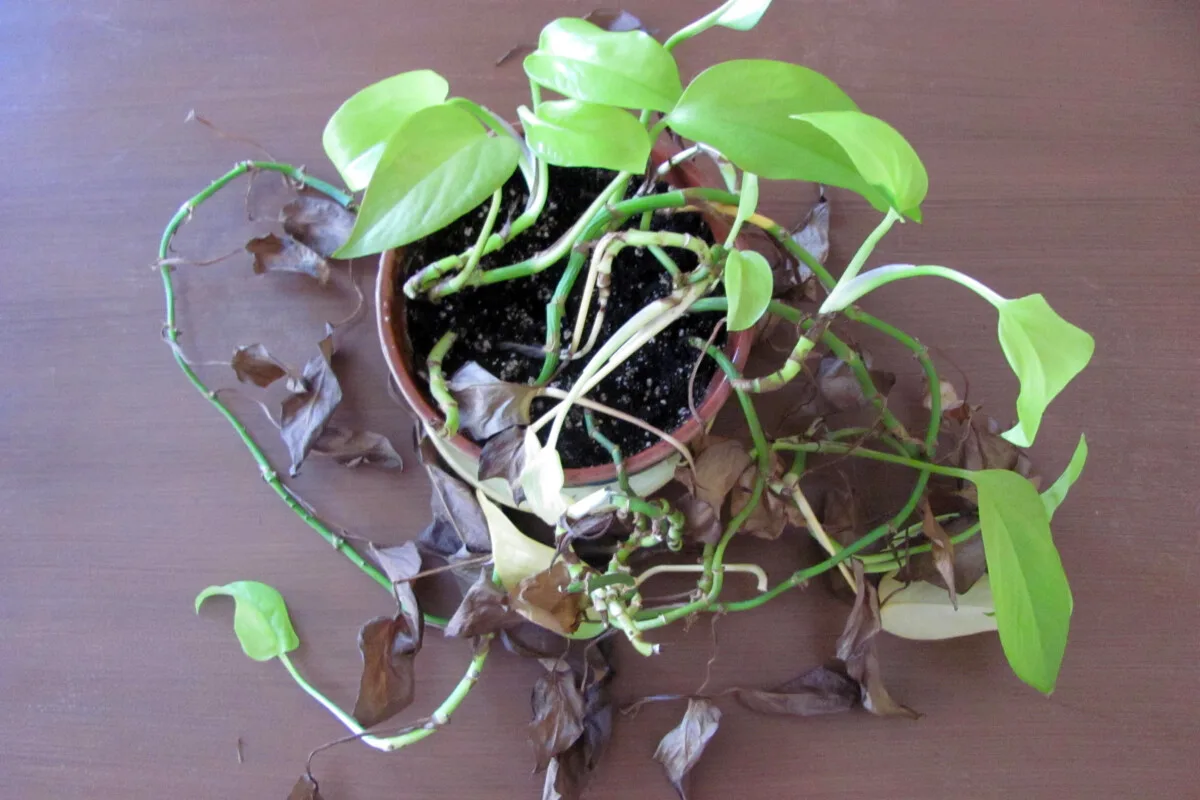
- You want to give the gift of plants. There need be no occasion! Planting your rooted cuttings in a colorful pot makes a heartwarming gift for almost anyone, even the non-planty people in your life. It’s a tangible way to spread the plant love, and I’d like to think at least one or two of my plant recipients have caught the bug too.
5. Find Your People
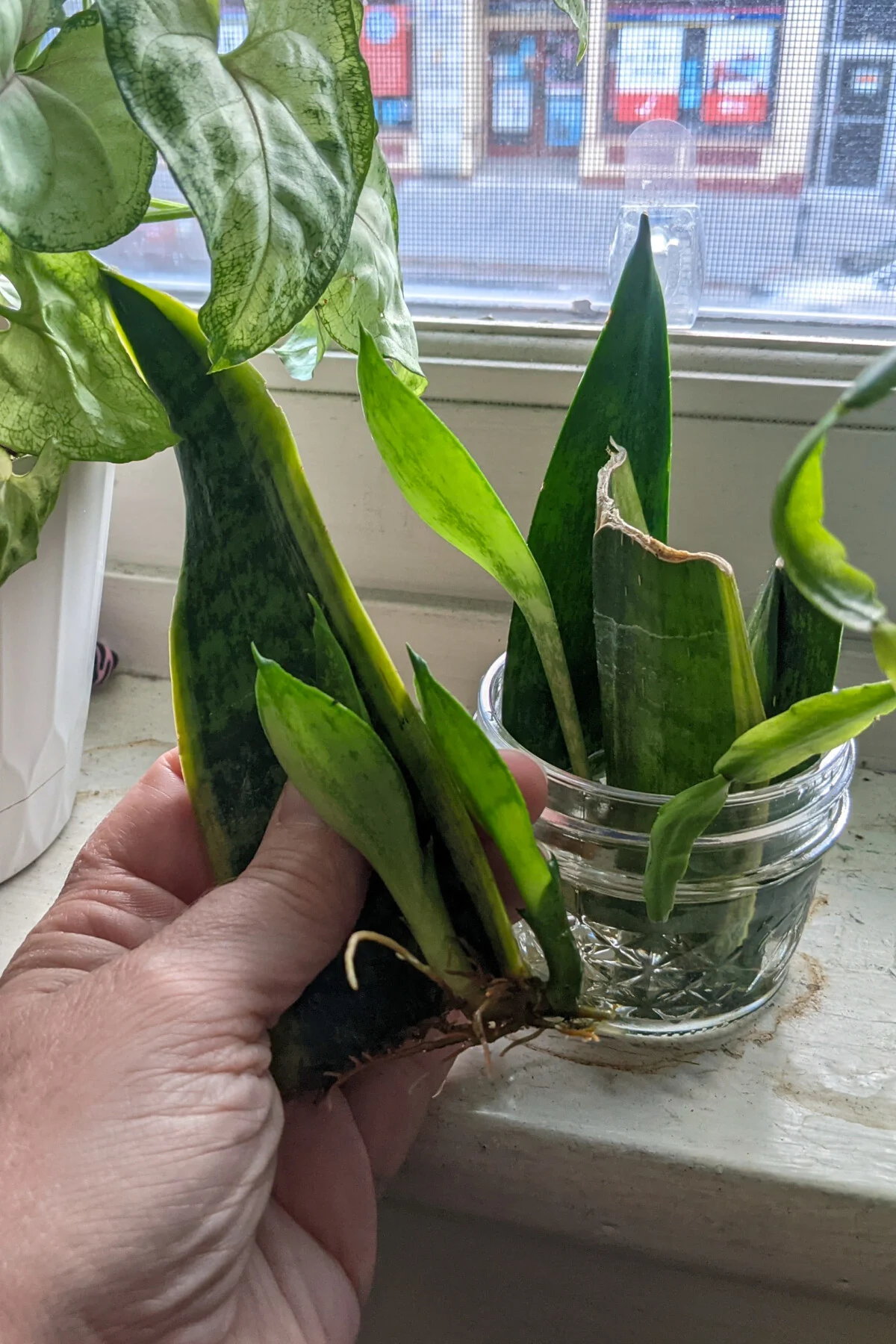
From cuttings in water to more advanced air layering techniques, honing your propagation skills is invaluable for managing your existing menagerie of greens. But don’t stop there. Keep some extra rooted cuttings around and you’ll have a fantastic bargaining chip for expanding the variety in your houseplant collection.
Swapping plants is the ultimate thrift.
I’ve gotten so many amazing cultivars through mutually beneficial plant trades, all in the free and clear. And it’s never been easier to connect with like-minded folks in your community and beyond, especially now that houseplants are having their moment.
For a greater assortment of colors, shapes, and textures – and all in keeping with zero cost to you – there is a whole world of plant people out there that feel the same as you do. You only have to find them:
- Post in online groups. Snap a few photos of your rooted cuttings and post on Craigslist, Facebook Marketplace, Nextdoor, OfferUp, and Buy Nothing groups, and see if you get any bites.
- Join horticulture clubs. Most cities and towns have local guilds, societies, clubs, and other members-only organizations that were created around a shared love of plants. Meet other obsessives and get the inside scoop on plant sales and plant swaps.
- Organize a plant swap. No plant swapping events going on? Why not host your own community plant swap – here’s how to do it like a pro.
Apart from the sheer awesomeness of getting new plants for free, I’ve met all sorts of interesting people through plant exchanges. And all have been more than willing to discuss plants – one of my favorite topics, obviously! So sometimes it’s not only about the free plants, but the friends we make along the way.

Get the famous Rural Sprout newsletter delivered to your inbox.
Including Sunday musings from our editor, Tracey, as well as “What’s Up Wednesday” our roundup of what’s in season and new article updates and alerts.

